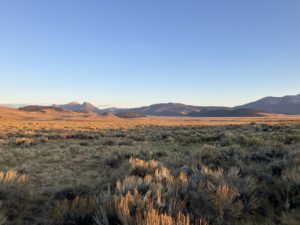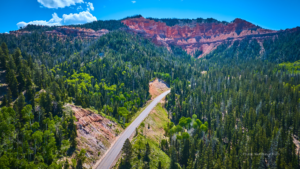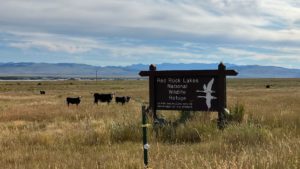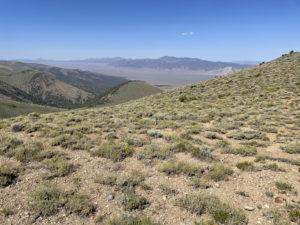The history of public lands ranching is a saga of ambition, exploitation, and the relentless push to tame the American West. From the Homestead Act to the Taylor Grazing Act, this story is marked by a series of legislative milestones that sought to promote “settlement and economic development”, often at the expense of the land and its native inhabitants.
The Homestead Act of 1862 was the first major step in this unfolding drama. Signed into law by President Abraham Lincoln, the Act promised 160 acres of public land to any citizen or intended citizen who would settle on and cultivate it for at least five years. This policy was designed to encourage westward expansion and the development of the frontier. While it succeeded in attracting thousands of settlers, it also set the stage for widespread land degradation. Many homesteaders, unfamiliar with the arid conditions of the West, attempted to farm lands that were unsuitable for agriculture, leading to soil erosion and other environmental problems.
As settlers moved westward, they brought with them livestock—primarily cattle and sheep—ushering in the era of open-range ranching. The vast, unfenced public lands were seen as a communal resource, ripe for exploitation. The arid West was largely unfit for farming; by homesteading (and privatizing lands along streams and springs, ranchers could control access to water and monopolize the free federal grazing on public lands surrounding them. Ranchers allowed their herds to graze freely, often leading to overgrazing and conflict over land use. The lack of regulation and oversight meant that the most aggressive and well-armed ranchers often dominated the range, pushing smaller operators and Indigenous peoples aside.
The situation reached a breaking point in the late 19th and early 20th centuries. Overgrazing had led to severe land degradation, water sources were being depleted, and conflicts between ranchers, farmers, and other land users were escalating. By the Dust Bowl years, the need for regulation became increasingly apparent, but the political will to address these issues was slow to materialize.
Enter the Taylor Grazing Act of 1934. Named after Congressman Edward Taylor of Colorado, this landmark legislation was designed to bring order to the chaotic world of public lands ranching. The Act aimed to “stop injury to the public grazing lands by preventing overgrazing and soil deterioration, to provide for their orderly use, improvement, and development, and to stabilize the livestock industry dependent upon the public range.” It established the Division of Grazing (later renamed the Bureau of Land Management, or BLM) to oversee the management of grazing on public lands.
The Taylor Grazing Act introduced a system of permits and fees for grazing on public lands, effectively ending the era of the open range. Ranchers were required to obtain permits to graze their livestock, and these permits were tied to specific tracts of land. Only stockmen who owned “base property” were allowed to have grazing permits, effectively pushing Basque ‘tramp herders’ and their millions of sheep off the range. The fees collected were supposed to fund range improvements and land management activities. While the Act was a step forward in terms of regulation, it also entrenched the practice of public lands ranching, creating a system where ranchers were granted quasi-property rights to public lands.
The Act was supposed to be a compromise, balancing the interests of ranchers with the need for conservation. However, its implementation favored the former over the latter. The grazing fees were set low—far below market rates for private land grazing—and the permits were often issued in perpetuity, making it difficult to reduce grazing levels even when environmental conditions warranted it.
The legacy of the Taylor Grazing Act is a mixed one. On the one hand, it brought a small measure of much-needed regulation and oversight to public lands ranching, helping to mitigate some of the worst abuses of the open-range era. On the other hand, it institutionalized a system that prioritizes livestock grazing over other uses of public lands, often to the detriment of the environment and wildlife.






